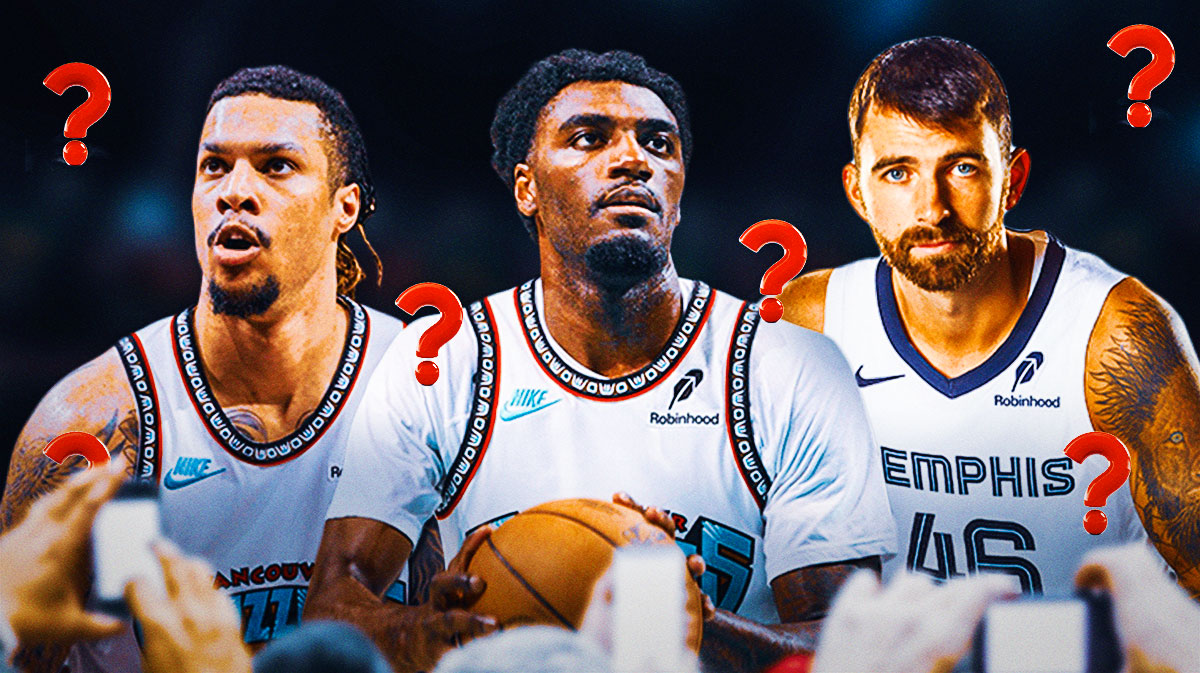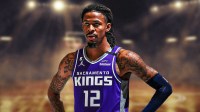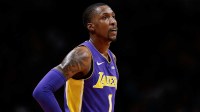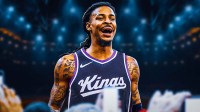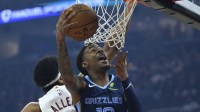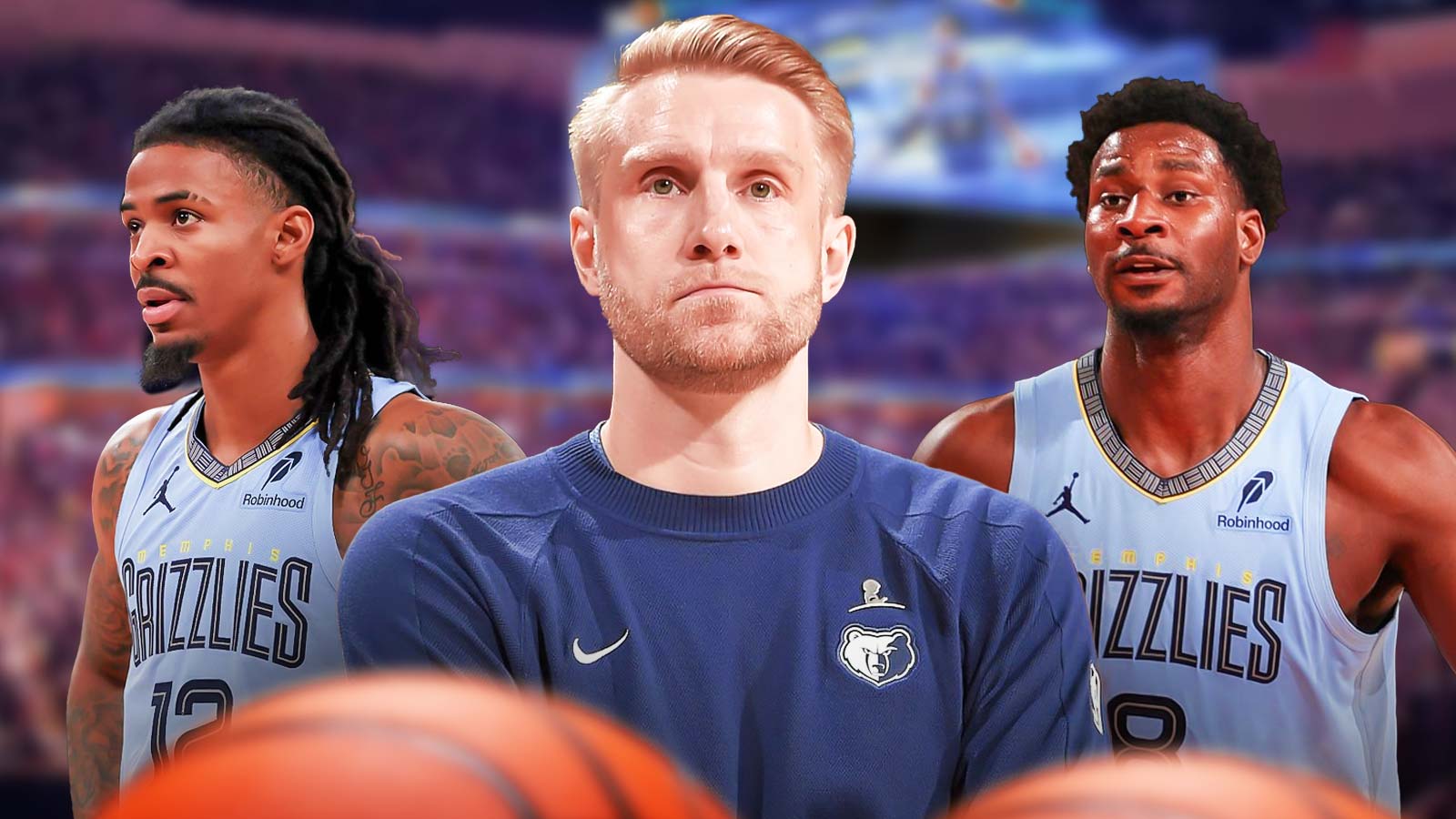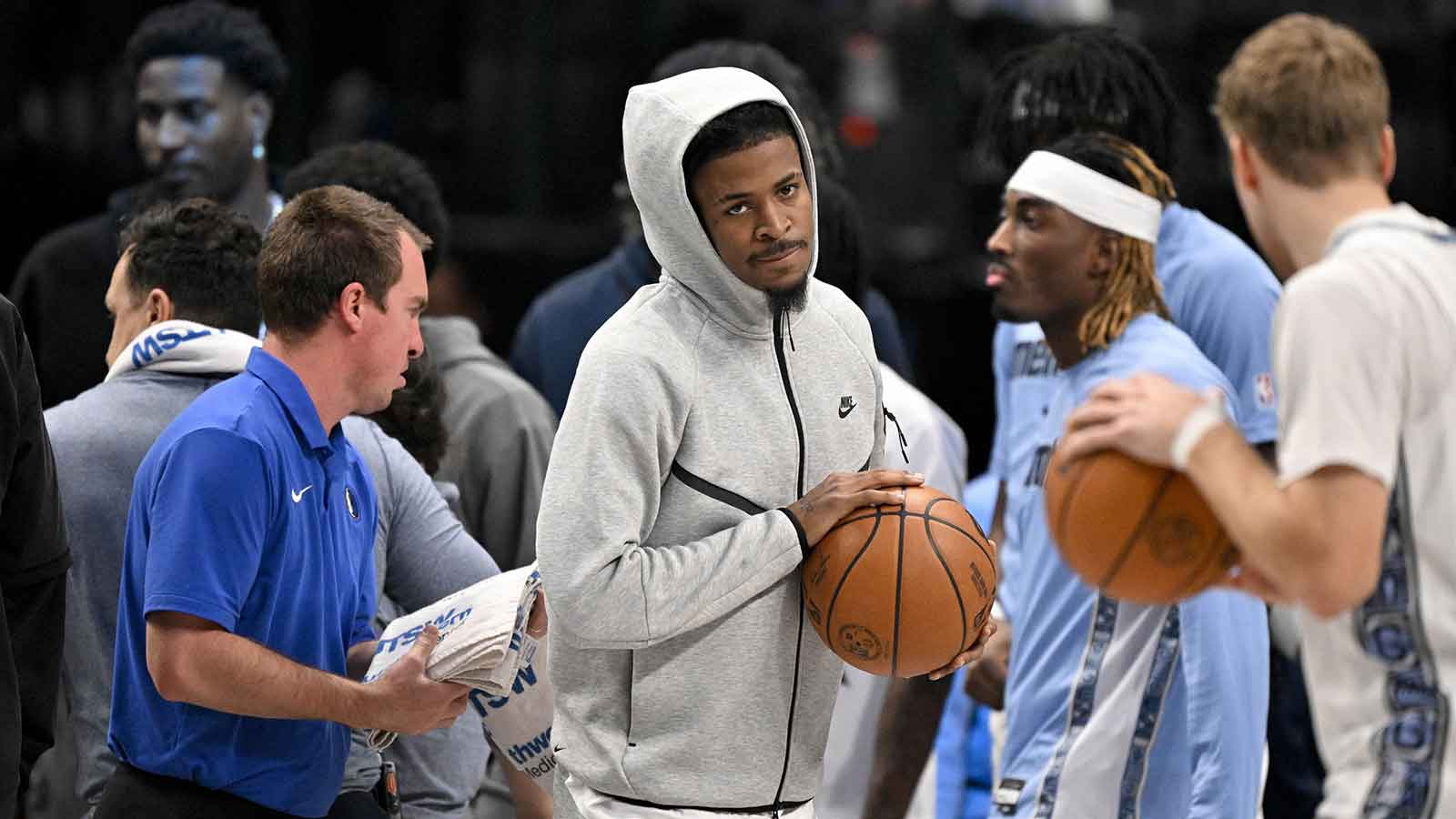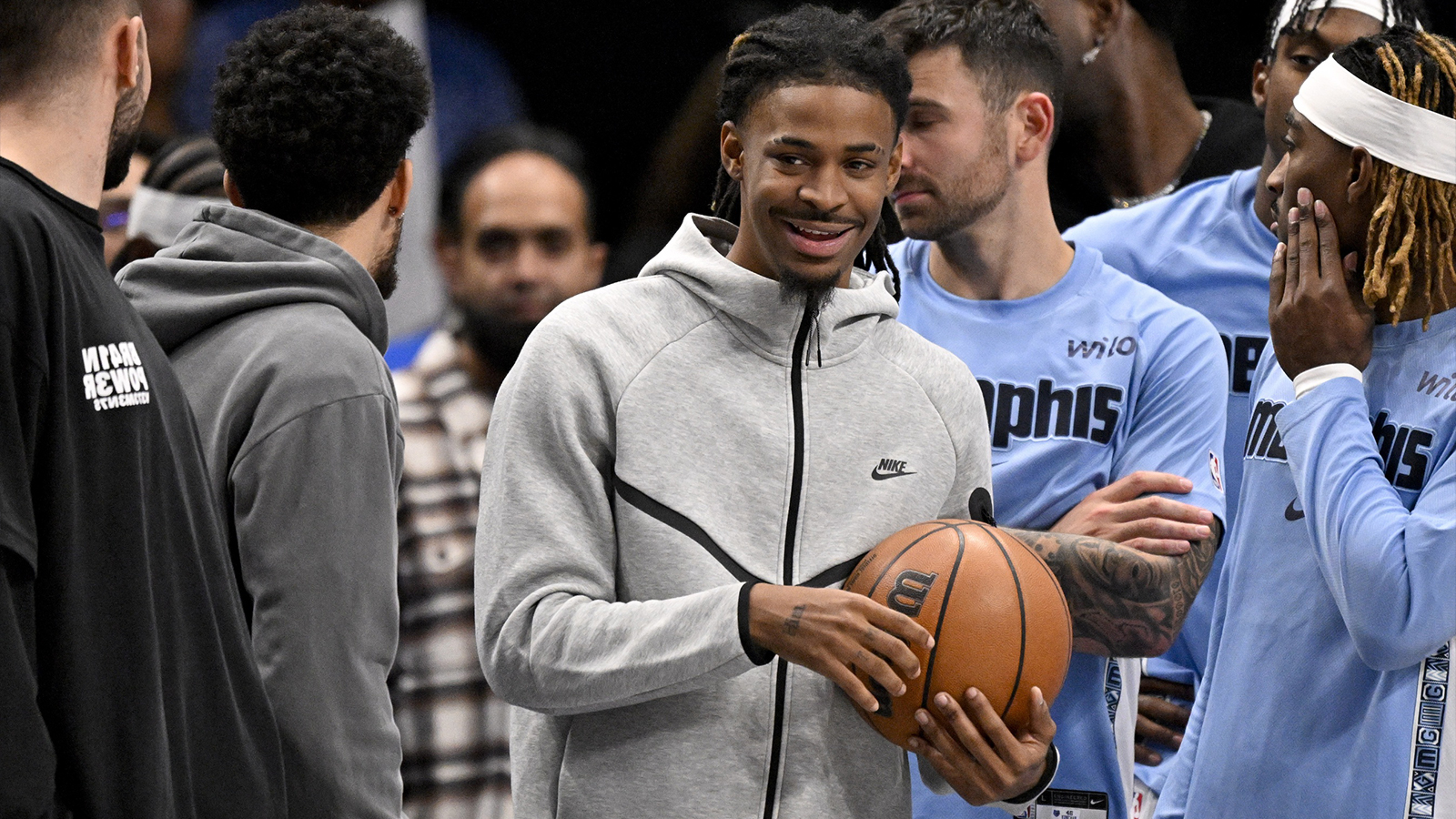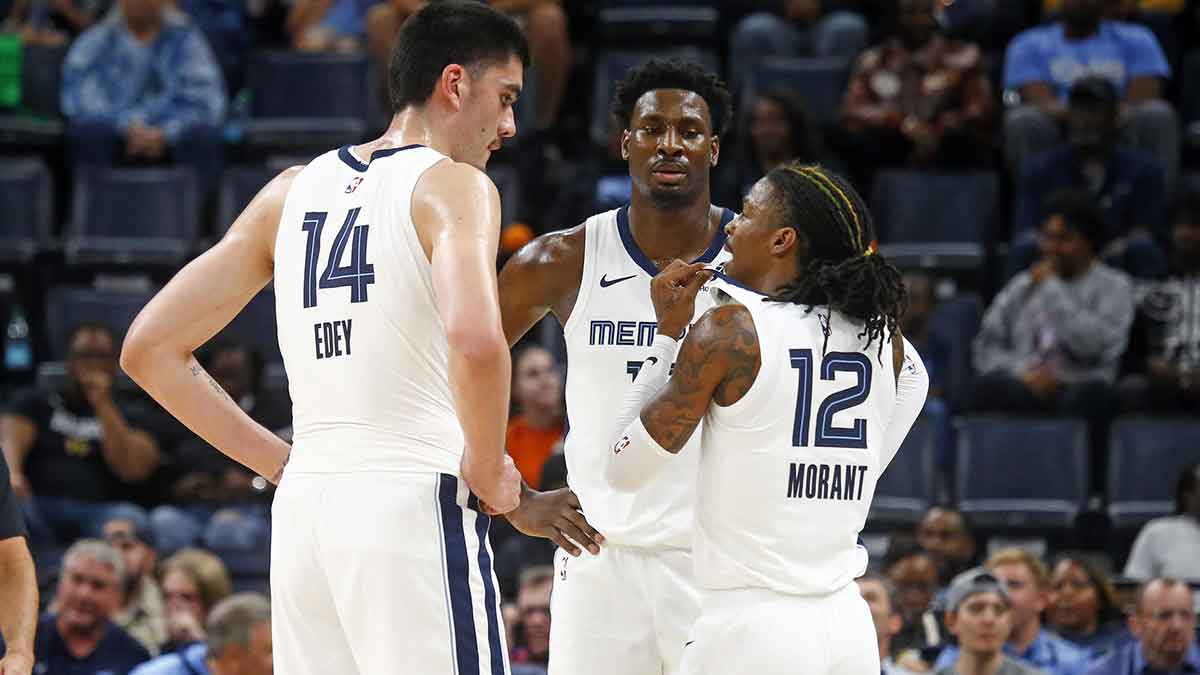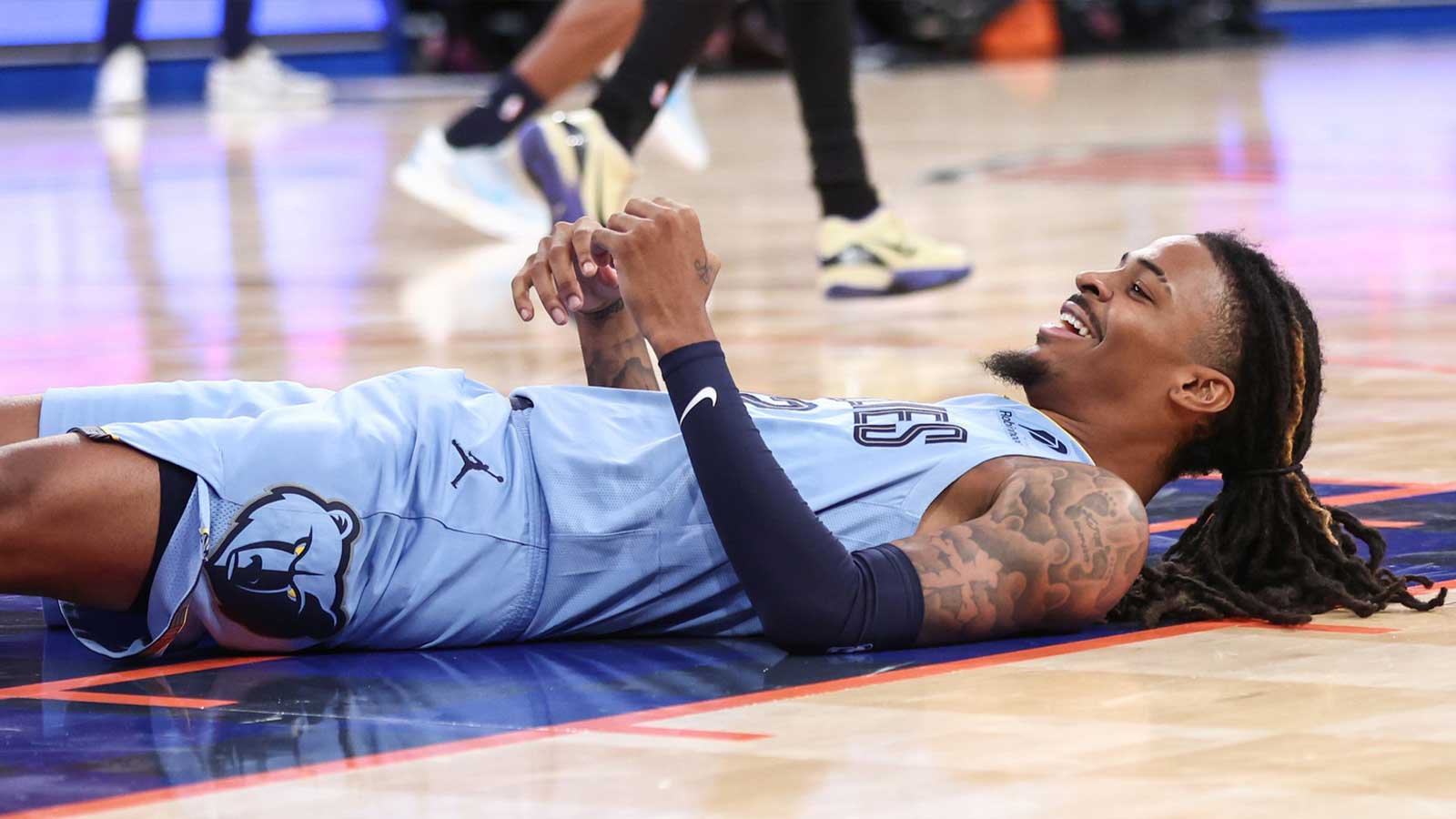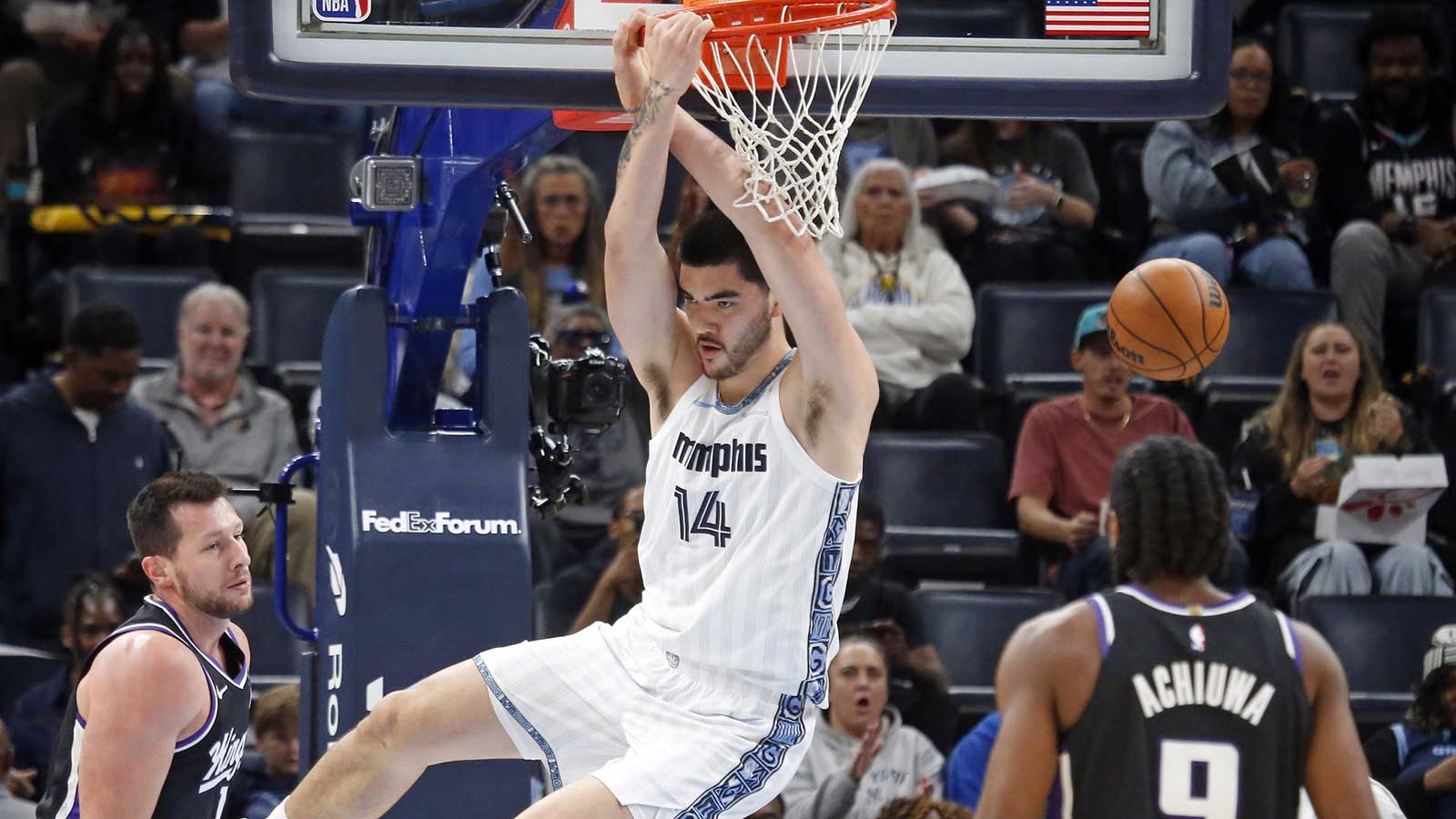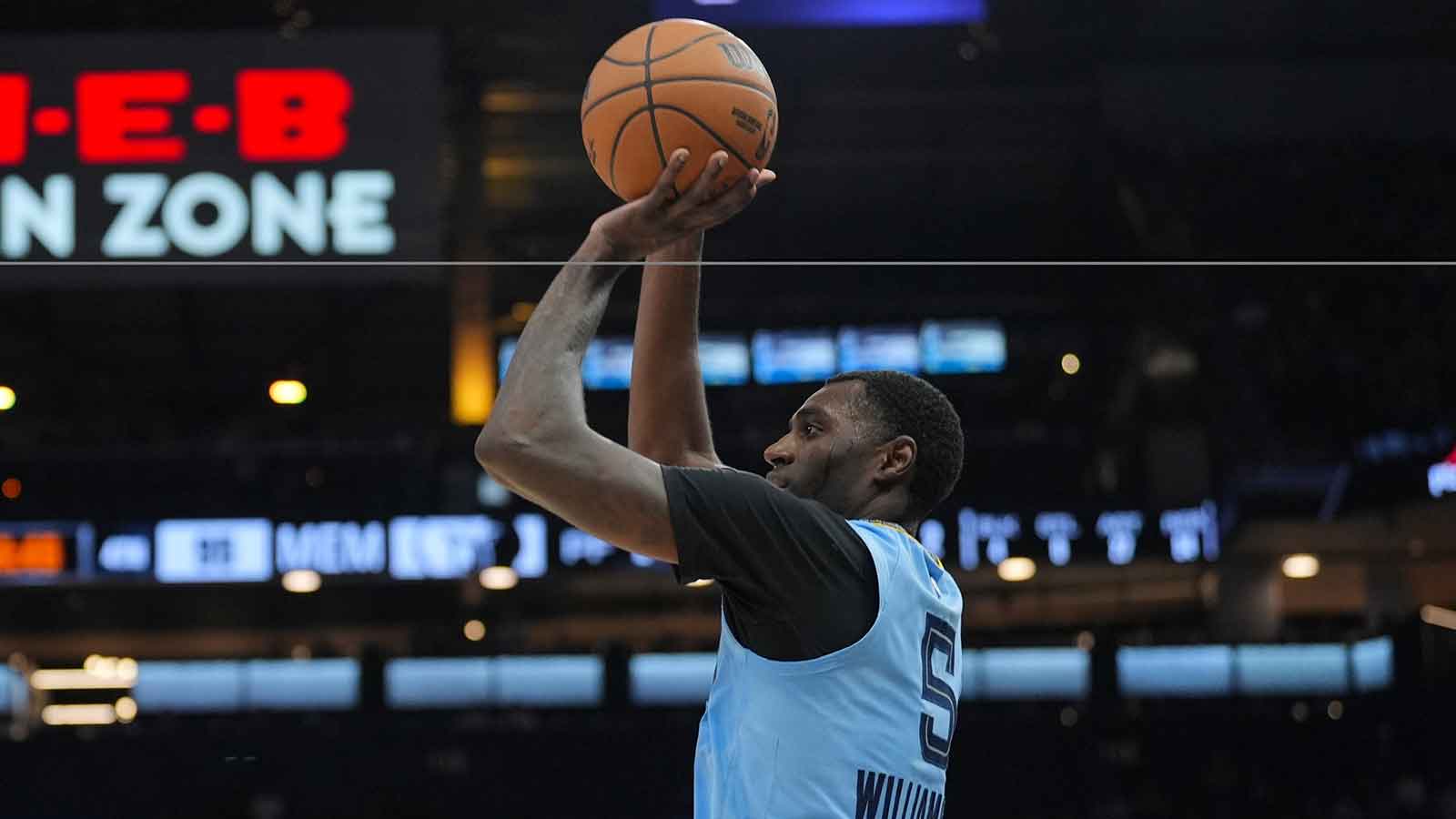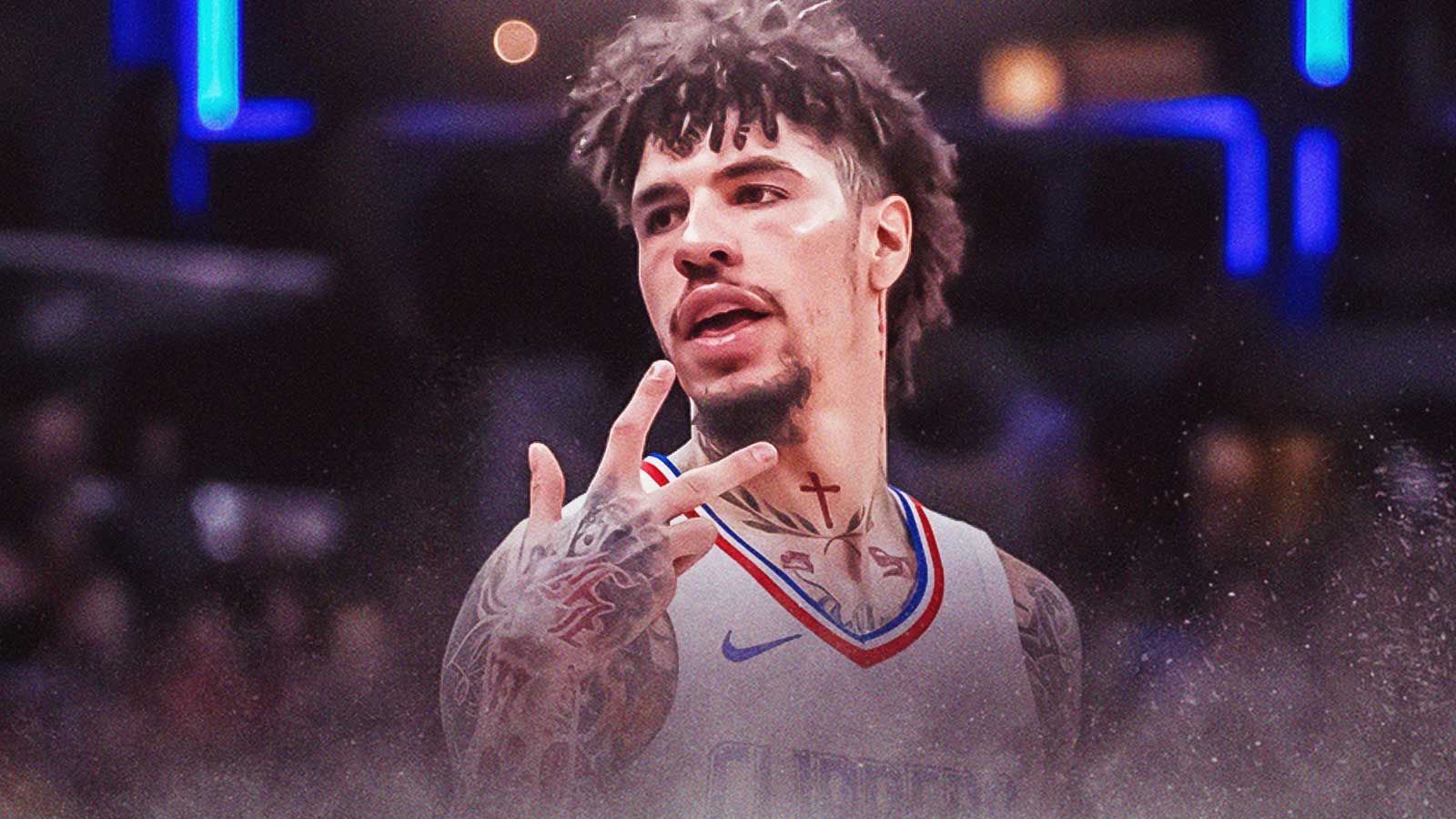The Memphis Grizzlies enter the 2025-26 NBA season in an unusual position: not rebuilding, not fully contending, but trying to retool on the fly. The blockbuster summer trade that sent Desmond Bane packing wasn’t the start of a teardown; it was a calculated move to reshape the roster around Ja Morant, Jaren Jackson Jr., and a rotating cast of role players who can keep the team competitive in the West.
But when you add depth without clearing space, someone always ends up squeezed out. The Grizzlies now face the challenge of managing a crowded rotation, multiple overlapping skill sets, and the looming financial crunch that will come when extensions for core players are due. In that climate, some players have more value as trade chips than as long-term pieces.
Here’s a deep dive into three early trade candidates: Brandon Clarke, Vince Williams Jr., and John Konchar, and why each could be on the move before the season is over.
Brandon Clarke: Once a core big, now a trade asset
When Brandon Clarke broke into the league in 2019, he was the very definition of a high-value role player. Explosive athleticism, elite finishing around the rim, switchable defense, he was exactly the type of modern big that Memphis needed alongside Jaren Jackson Jr. and Jonas Valančiūnas at the time.
BRANDON CLARKE HAD A BONKERS DEBUT FOR THE GRIZZLIES DUDE WAS A MONSTERpic.twitter.com/JlKedzWOj1
— Nashville Grizz Fans (@GrizzNashville) July 8, 2019
But a series of injuries has eroded that early promise. Clarke lost significant time in 2023 to an Achilles tear, and in 2024-25, he was limited again by a PCL injury. The effect was obvious: his per-game numbers dipped to single digits in scoring and rebounding, and his defensive mobility was noticeably compromised.
The problem isn’t just production, it’s fit. Clarke has never developed a consistent three-point shot, and Memphis’s offense now leans more on floor spacing to give Morant room to attack. In a frontcourt already featuring Jackson, Santi Aldama, and a handful of hybrid forwards, Clarke’s skill set overlaps too much with younger, cheaper players.
From a trade standpoint, Clarke’s $12+ million salary is useful. Memphis could package him with picks to bring in a wing who can shoot and defend, or a guard to bolster the second unit. Contenders looking for bench depth up front, like the Boston Celtics or Golden State Warriors, might see Clarke as a buy-low target.
If Memphis stays healthy and competitive, Clarke’s contract and experience make him one of the most logical outgoing pieces in any deal designed to push the Grizzlies back into the playoff mix.
Vince Williams Jr.: Young wing with limited opportunity
At 6’6” with a 6’10” wingspan, Vince Williams Jr. has the physical tools that NBA teams covet in a modern wing. He plays hard defensively, rebounds well for his position, and can function as a secondary playmaker. In 2024-25, he only averaged single figures in scoring while also contributing on the glass and as a passer, an encouraging leap for a player taken late in the 2022 draft.
The challenge? Memphis is stacked at his position with Caldwell-Pope, GG Jackson, Scotty Pippen Jr., and other swingmen vying for similar minutes. Even if Williams plays well, the numbers game could push him to the fringes of the rotation.
Vince Williams Jr. is going to be special.
Here's four minutes of him playing lockdown defense.
😤🔒 pic.twitter.com/qnzESb1YoG— GrizzMuse (@GrizzlyMuse) June 5, 2024
Unlike Clarke, Williams is on an affordable contract and still in his mid-20s, making him an attractive trade target for teams in the early stages of building a competitive roster. A franchise like the Utah Jazz or Orlando Magic could see him as a rotation-ready wing who still has upside to tap into.
If the Grizzlies decide to target a more established offensive option during the season, Williams could be included in a package as a sweetener, especially appealing to teams that want young players rather than just salary filler.
John Konchar: Contract leverage in the trade market
John Konchar isn’t a household name, but he’s the kind of player coaches love: gritty, physical, unselfish. He rebounds above his size, guards multiple positions, and never needs plays called for him. Unfortunately, that kind of glue-guy value is often underappreciated when teams make business decisions.
Konchar’s three-year, fully guaranteed contract, worth roughly $18.5 million, makes him more than just a depth piece. It’s the type of mid-tier salary that can balance out trades for higher-priced players without forcing a team to give up a core contributor.
The Grizzlies’ front office has reportedly explored moving him already, both to open rotation space for younger wings and to clear future salary commitments. His contract also plays a role in the team’s long-term cap flexibility; freeing up his number could help Memphis manage max extension for a star like Jaren Jackson Jr.
Konchar’s market is probably limited to teams that value hard-nosed depth and have the cap room or need for contract matching, think of organizations like the New York Knicks, Miami Heat, or even the Denver Nuggets if they seek another defensive-minded bench piece.
Why these moves make sense for the Grizzlies
The Grizzlies’ roster construction problem isn’t about talent; it’s about balance. They have more playable guys than they have minutes, and many of those players do similar things. In the NBA, redundancy can be costly, especially when contracts start stacking up.
By moving Clarke, Williams, or Konchar, Memphis could: Clear Playing Time, giving younger players more developmental reps. Meanwhile, they can add missing skills, most notably perimeter shooting and shot creation behind Morant. This will improve financial flexibility, avoiding luxury tax penalties and creating room for future extensions.
The timing matters too. Making a move early in the season allows a team to integrate new additions before the playoff race heats up. Waiting until the deadline risks losing leverage if injuries or performance dips occur.
The Grizzlies are in that tricky middle ground where every roster decision carries risk. Trade the wrong player, and you lose a valuable role piece. Hold onto the wrong player, and you miss a chance to improve or balance the roster.
If Memphis is serious about contending in the next two years, the likelihood is high that at least one of them will be wearing a different uniform before the 2025–26 season is over.

